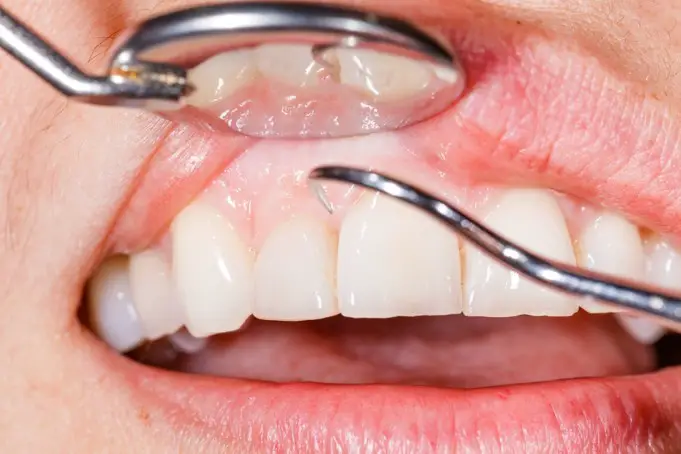Dental health is as important and the rest of the body. When problems exist, there will be signs of pain and/or bleeding. Calcium decay is the biggest culprit for toothaches, while gingivitis is the leading cause for gum pain.
Here is a review of them with steps anyone can take to get relief.
Sharp pain
If you have ever bitten an apple and felt a sharp pain, then you probably have a cracked tooth. This could also be caused by a loose filling. Persistent pain is an indication to see an experienced dentist like Dr. David Rush.
For loose fillings, any new cavity will be removed and a new filling added. The remedy for a cracked tooth may require a root canal if the pulp is compromised.
Pain After Eating
Pain experienced after eating and/or drinking may point to inflammation of the tooth’s pulp. It is also a sign of a dying root. An x-ray will determine the tooth’s status that may result in a root canal to preserve the tooth or it may be removed.
An endodontist will determine the best course of action to relieve the pain and protect the tooth.
Tooth Sensitivity
Pain experienced from foods that have extreme temperatures such as ice or hot tea point to the beginning of a problem with tooth enamel or inflammation of the pulp. The key is to determine the cause including new dental work.
A recent trip to the dentist will cause some sensitivity until the tissues inside the tooth heals. Taking over the counter pain meds and using tooth paste made for this issue usually works.
Swollen Gums
A sign of gingivitis or gum disease is swollen gums. This condition can also be painful. The pain felt could be dull or throbbing. To avoid this requires good dental habits such as daily flossing and brushing.
Consider these tips at WebMD, and flavored floss and tools that make this easy and enjoyable. Brush for at least two minutes each time. Until the swelling subsides be gentle with your daily routine.
Bleeding Gums
When gums are bleeding, the gingivitis is serious and can spread infection to other parts of the body. The pain may not be as pronounced as a toothache, but is still uncomfortable. A visit to the dentist will include a check of your overall dental health.
You may also receive a prescription for a special mouthwash and toothpaste to tackle this problem. In addition, purchase soft toothbrushes for future use.
Specific problems generally use the same tactics to reverse these conditions. Monitor the time and level of pain to see if a visit to the dentist is in order before things get worse.
However, the sharp pain or pain after eating demands immediate attention. Avoid pain altogether with a healthy dental routine.












